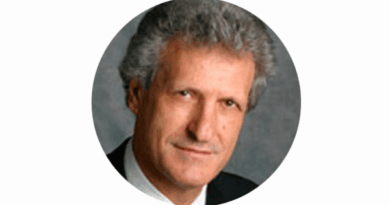Cabinet Entries: Some Harsh Realities Affecting Choices
TORONTO – Prime Minister Carney tomorrow will announce, and cause the swearing-in of, his new Executive Council- the Cabinet. Sources reported that as early as the day after the election (Tuesday, April 29) some aspiring Cabinet Ministers were already working the phones in their effort to build support for their “candidacy” among newly elected MPs.
Here are some “details” plaguing Carney as he manufactures a “government”, from the 168 MPs Canadians elected as Liberals – therefore “worthy of consideration”. First, is the issue of size of Cabinet (efficiency); secondly, quality (effectiveness) or competence to deliver the agenda of Government.
In terms of size, PM Carney will have to include representation from every province (assuming a Liberal MP resulted from the election), no matter how many MPs come from any province – ten in total. If he stays with the current cap of 24 Ministers, many will be severely disappointed – only 24/168 (14.3%) will achieve satisfaction. Since the PM has committed to a Cabinet of equal numbers of Women and Men, there could be as few as twelve (7.15%) of each.
As per M. Flumian in this article on CNMNG, Canadians elected twelve Indigenous MPs. It is virtually inconceivable that at least one would not fit into the Cabinet. There are some impressive credentials that come with them. The same could be said about the thirteen MPs of Italian descent noted by Francesco Veronesi in an article dated May 1 (here). This brings up the factor of ethnicities and their “claim” to be represented by one of their own in Cabinet.
Hot on that “qualification” is the competence factor: who is best suited to the portfolio? One must assume that all MPs can fulfil that requisite but does their competence overlap [say] Fisheries, Energy, Finance, Finance, Finance, Justice, Trade etc.? What are the Government’s top priorities? Does Carney have a sufficient number of candidates from which to choose the most able and still satisfy the regional and gender criteria?
Irrespective of the precariousness of the Government, the PM may have compiled obligations to certain individuals and corporate/institutional interests that, of necessity, must be addressed. Finally, how many Ministers will be reserved for giant urban concentrations of Canadians, such as in the GTA with approximately 25% the country’s inhabitants?



